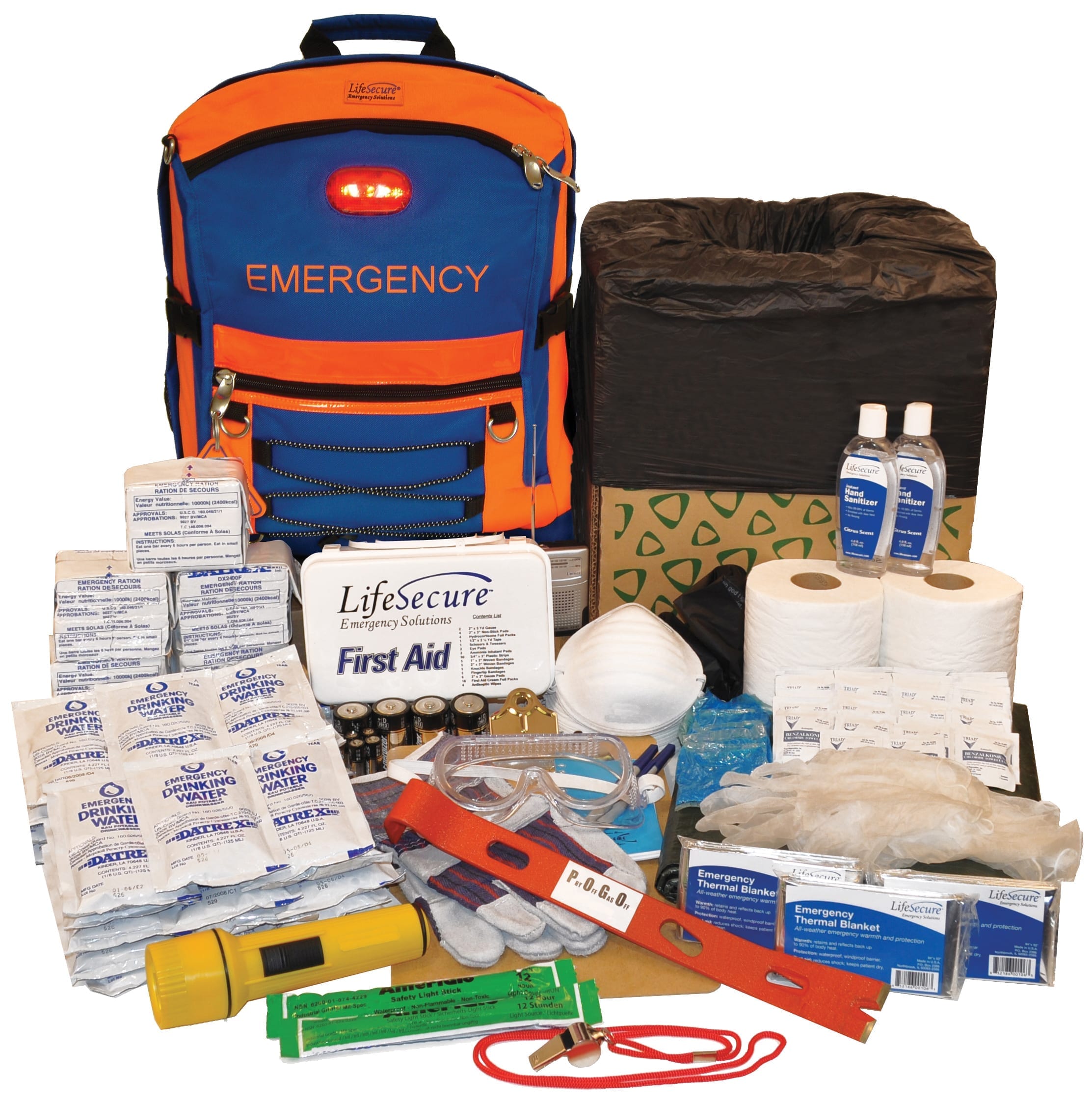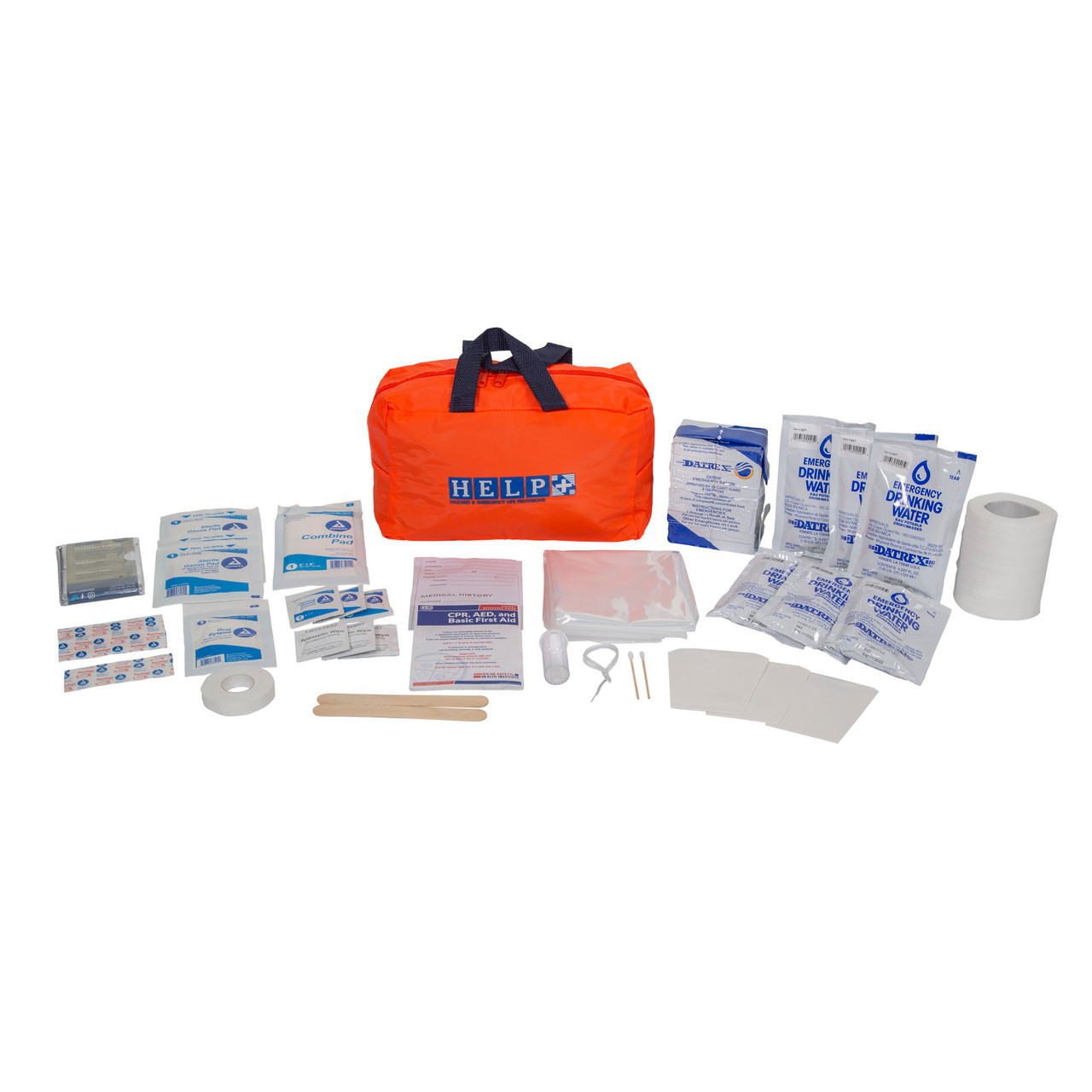Exactly How to Create a Detailed Emergency Situation Readiness Strategy
In the realm of preparedness, developing a comprehensive emergency situation plan is not simply a job to check off a list; it is a necessary keystone of any type of organization or individual's strength approach. From all-natural calamities to unanticipated situations, the capacity to prepare for, minimize, and react successfully can mean the difference in between chaos and control. By diligently crafting a plan that addresses different elements of emergency monitoring, including danger evaluation, communication procedures, resource appropriation, and strategic decision-making, one can lay a solid foundation for protecting operations, lives, and assets. The real effectiveness of such a strategy lies not only in its production but also in its continuous maintenance and adaptation to developing obstacles and threats.
Importance of Emergency Situation Preparedness
Emergency readiness is vital for reducing possible threats and guaranteeing the safety of people and neighborhoods. In today's world, where all-natural disasters, public health and wellness crises, and other emergencies can strike without caution, being prepared can make a considerable difference in reducing the impact of these events. By having a well-thought-out emergency situation readiness strategy in position, individuals and organizations can respond effectively, shield lives, and lower building damage.
Among the primary reasons emergency situation preparedness is necessary is its duty in conserving lives. When emergency situations happen, having a plan that outlines clear procedures for interaction, emergency, and discharge reaction can help individuals act quickly and decisively. This can protect against injuries and fatalities by guaranteeing that individuals recognize what steps to require to remain secure
In addition, emergency situation readiness boosts the strength of neighborhoods. By cultivating a culture of readiness and planning for various scenarios, areas can jump back faster from disasters and interruptions. This strength is essential for keeping stability, continuity of procedures, and general wellness when faced with adversity.
Assessing Potential Threats
Taking into consideration the value of being gotten ready for unanticipated occasions, the first action in creating an efficient emergency situation readiness plan entails extensively evaluating and examining prospective dangers. This assessment needs a thorough testimonial of all possible threats that might influence the organization, taking into consideration aspects such as area, industry, and historical data on occurrences. By recognizing these risks, organizations can prioritize their readiness efforts and allot resources efficiently to alleviate the most considerable risks.
Common dangers that companies might deal with consist of all-natural catastrophes like earthquakes, floods, or storms, technological threats such as power interruptions or data violations, along with human-caused threats like crashes or intentional acts of physical violence. Performing a risk analysis also involves considering the potential influence of these events on the company's operations, employees, consumers, and track record. By conducting a comprehensive danger assessment, organizations can create customized emergency situation reaction strategies that resolve their specific susceptabilities and guarantee efficient preparedness for any more helpful hints type of prospective dilemma.
Producing a Communication Plan
Establishing a comprehensive and clear communication plan is vital for reliable emergency situation preparedness within organizations. In times of crisis, interaction plays a critical duty in guaranteeing the safety and security and health of workers, stakeholders, and the community. A well-balanced communication strategy should describe clear lines of communication, mark crucial workers in charge of interaction jobs, and develop procedures for sharing information rapidly and properly.
One key facet of producing an interaction strategy is determining key and alternative communication channels (EMERGENCY PREPAREDNESS). These can include e-mail, text messaging, phone trees, social media sites systems, and public address systems. It is important to ensure that these networks are trustworthy, accessible, and regularly checked to ensure their effectiveness during emergency situations

Building an Emergency Situation Kit
Offered the important relevance of preparedness in times of dilemma, a key component that companies should address is the establishment of an emergency situation kit. When putting together an emergency kit, it is vital to take into consideration the details requirements and circumstances of the organization. In addition, organizations should consist of important papers, such as contact checklists, insurance information, and emergency response plans, in water resistant containers within the package.
Establishing Evacuation Procedures
To guarantee the security and orderly evacuation of workers throughout emergency situations, organizations have to develop reliable and clear emptying procedures. Evacuation treatments need to incorporate a series of prospective scenarios, consisting of fires, all-natural catastrophes, or other emergency situations that need speedy emptying.

Furthermore, companies ought to establish a system for accounting for all workers throughout a discharge to make certain that everybody has actually safely left the facilities. Communication plays a vital function in discharge procedures, with clear instructions on just how to leave and when to do so. Normal testimonial and upgrading of emptying procedures based on comments and transforming situations are important to keeping the performance of the plan.
Verdict
To conclude, developing a thorough emergency readiness strategy is important for making certain the security and health of individuals in the occasion of a disaster (EMERGENCY PREPAREDNESS). By assessing possible dangers, creating a communication strategy, building an emergency set, and establishing emptying companies, individuals and treatments can be much better equipped to react efficiently to emergencies. It is necessary to focus on preparedness initiatives to alleviate the effect of disasters and protect lives and residential or commercial property
In the realm of preparedness, establishing a detailed emergency plan is not simply a job to check off a checklist; it is a vital keystone of any type of organization or individual's durability method. When emergencies occur, having a plan that outlines clear treatments for evacuation, emergency situation, and communication reaction can aid individuals act quickly and decisively. go to this web-site. By conducting a detailed risk evaluation, organizations can develop customized emergency action plans that address their specific susceptabilities and make sure effective preparedness for any prospective dilemma
Creating a clear and extensive communication strategy is crucial for efficient emergency situation readiness within companies. By examining prospective risks, producing an interaction plan, building an emergency situation package, and developing evacuation organizations, people and procedures can be better furnished to react efficiently to emergency situations.